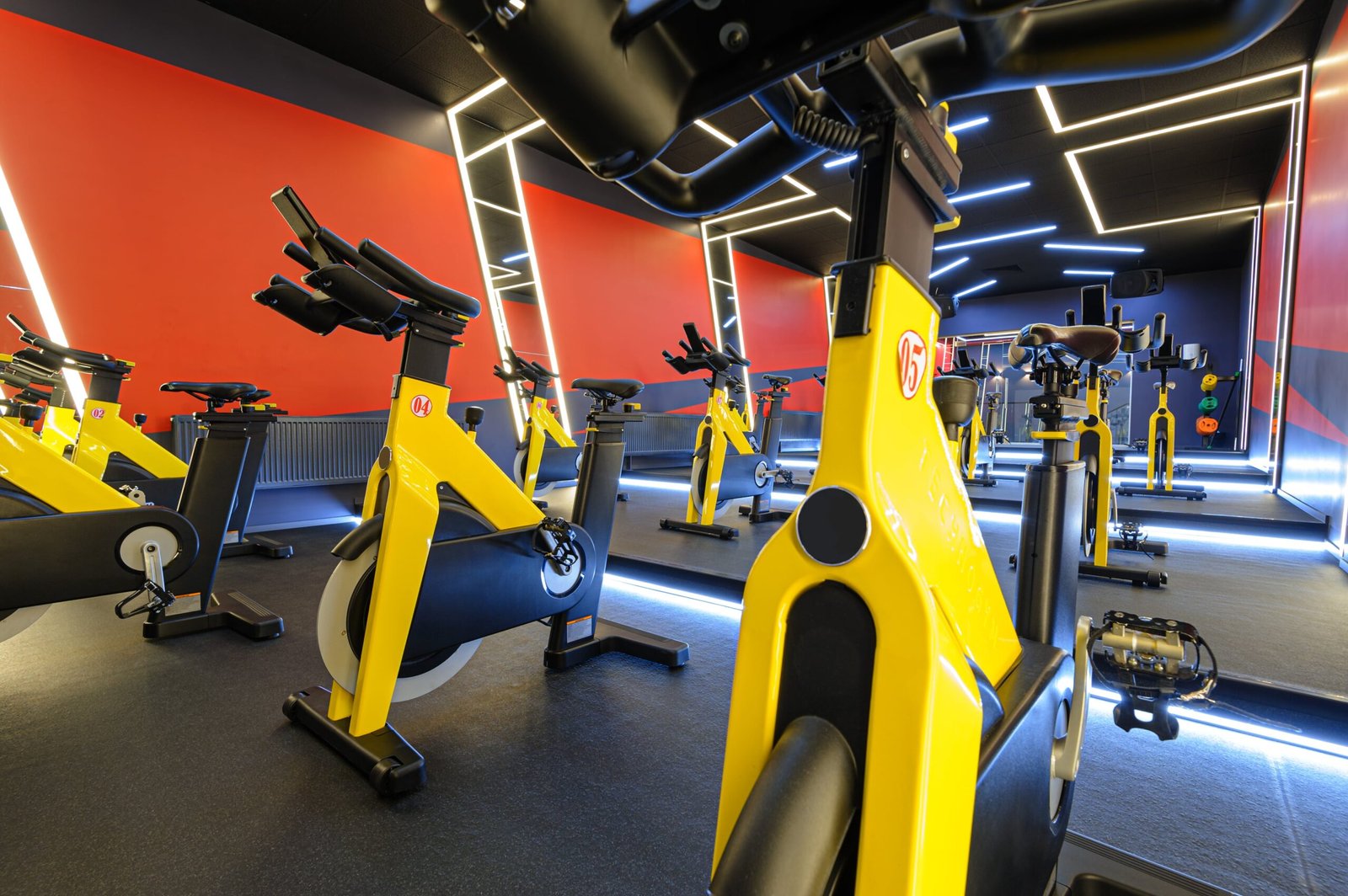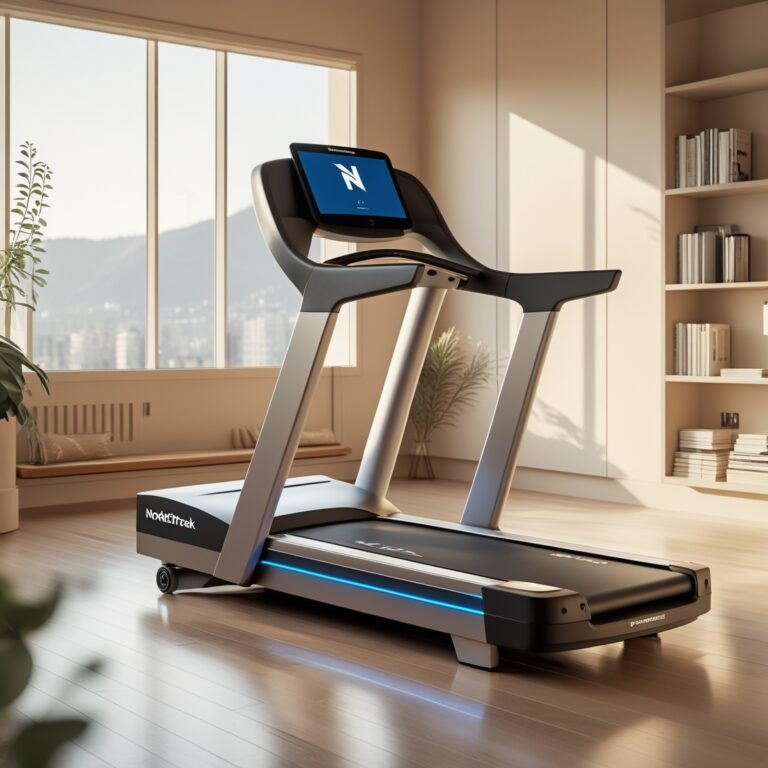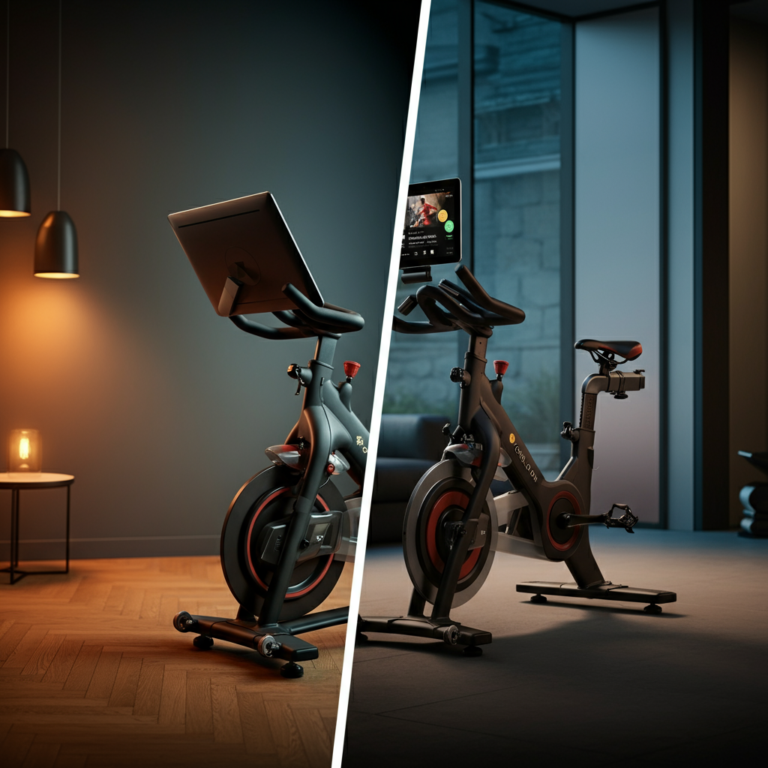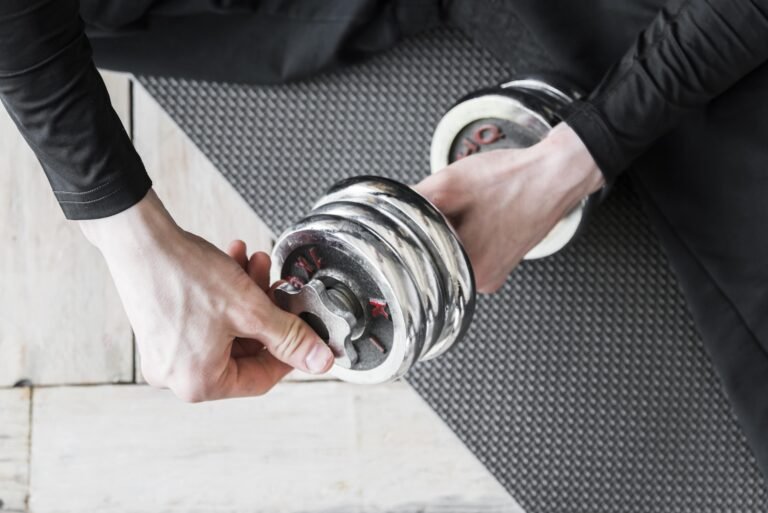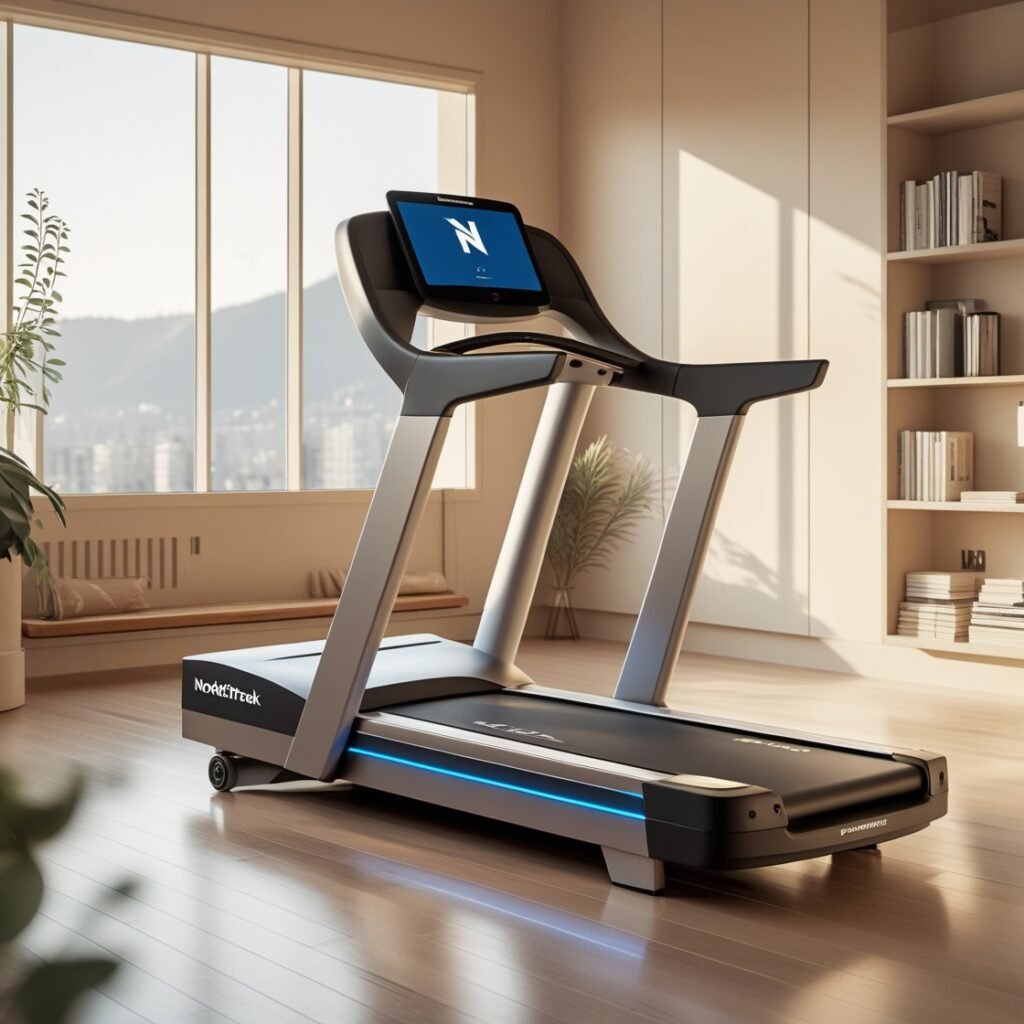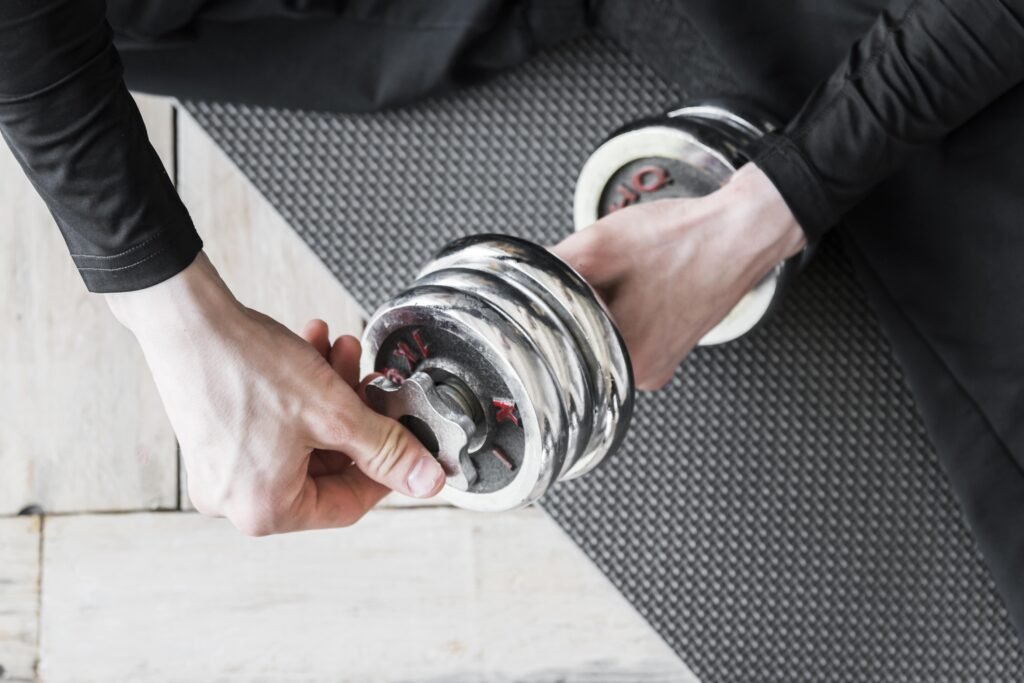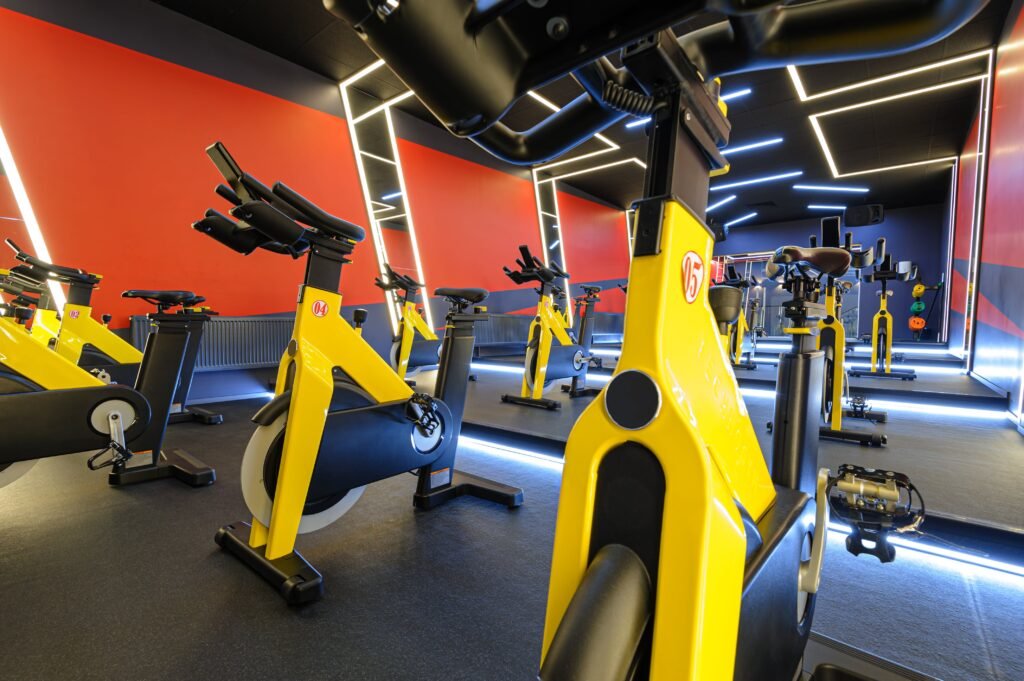Are you tired of high-impact exercises that leave your joints aching? Discover the top 8 best models for a low-impact cardio workout. These can help you reach your fitness goals without stressing your body too much. Whether you’re recovering from an injury, want to protect your knees and ankles, or prefer a gentler exercise, this guide has you covered.
Key Takeaways
- Explore the difference between low-impact and high-impact exercises and understand the benefits of low-impact cardio workouts.
- Discover the top 8 best models for a low-impact cardio workout, including swimming, elliptical training, and power walking.
- Learn how to choose the right low-impact exercise model based on your fitness level, goals, and equipment requirements.
- Understand the importance of proper form and technique to maximize the effectiveness of your low-impact cardio routine.
- Gain insights on creating a balanced and progressive low-impact workout schedule for long-term success.
Understanding Low-Impact Cardio and Its Benefits
Starting your fitness journey? You might have heard about “low-impact exercises.” They’re great for heart health and easy on your joints. These workouts are less stressful on your joints but still keep your heart rate up.
Difference Between Low-Impact and High-Impact Exercise
Low-impact and high-impact exercises differ in how much force they use. High-impact activities, like running, can be tough on your joints. Low-impact ones, like swimming, are easier on your joints but still boost your fitness.
Health Benefits of Low-Impact Training
- Reduced risk of joint pain and injury
- Improved heart health and cardiovascular endurance
- Enhanced mobility and flexibility
- Increased muscle strength and tone
- Accessible for beginners and those with limited fitness levels
Who Should Choose Low-Impact Workouts
Low-impact exercises are perfect for beginners, seniors, or those with joint issues. They help you start your fitness journey safely. This way, you can avoid injuries and still get a good workout.
“Low-impact cardio is a game-changer for anyone looking to improve their heart health and joint mobility without sacrificing the intensity of their workouts.”
Why Joint-Friendly Cardio Matters for Your Fitness Journey
Starting a fitness journey is exciting and rewarding. But, it’s key to focus on your joint health. Choosing joint-friendly activities can greatly improve your fitness routine’s effectiveness and longevity.
Low-impact cardio like swimming, cycling, and walking is easier on your joints. This is compared to high-impact activities like running or jumping. These options help lower injury risks and make your fitness journey sustainable.
Looking after your joints not only makes workouts better but also boosts your heart health. Low-impact cardio strengthens your heart and improves endurance. It also helps keep your weight healthy without harming your joints.
Whether you’re new to fitness or changing your routine, focus on joint-friendly activities. This choice is a big advantage. It helps you enjoy exercise benefits for many years, helping you reach your fitness goals and stay active.
| Joint-Friendly Activities | Benefits |
|---|---|
| Swimming | Zero impact on joints, full-body workout |
| Elliptical Training | Low-impact, smooth motion, cardiovascular benefits |
| Stationary Cycling | Gentle on joints, customizable intensity levels |
| Walking/Power Walking | Accessible, improves heart health, low-impact |
| Rowing Machine | Full-body workout, low-impact on joints |
Adding various joint-friendly cardio activities to your routine offers many exercise benefits. It also keeps your joints healthy for the long term.
Best Models for a Low-Impact Cardio Workout: Complete Guide
Low-impact cardio workouts are a big change for fitness routines. They’re easy on the joints and boost heart health without the stress of high-impact exercises. This guide will help you find the best low-impact cardio workout for your fitness journey.
Choosing the Right Exercise Model
Choosing the right low-impact cardio exercise is key for good results and safety. Think about your fitness level, what you like, and any health issues. Top options include:
- Swimming
- Elliptical training
- Stationary cycling
- Walking and power walking
- Rowing machine workouts
- Yoga-inspired cardio flows
Factors to Consider Before Starting
Before starting your low-impact cardio, consider a few important things. Your current fitness, any health issues, and your goals are crucial. This helps you pick a workout that fits your needs and preferences.
Equipment Requirements
The equipment needed varies by low-impact cardio model. For example, elliptical and cycling need special machines. But walking and power walking just need good shoes. Knowing what you need helps you prepare better.
| Low-Impact Cardio Model | Equipment Required |
|---|---|
| Swimming | Swimming pool, swimsuit, goggles |
| Elliptical Training | Elliptical machine |
| Stationary Cycling | Stationary bike |
| Walking and Power Walking | Comfortable walking shoes |
| Rowing Machine Workouts | Rowing machine |
| Yoga-Inspired Cardio Flows | Yoga mat |
By thinking about these factors, you can pick the best low-impact cardio workout. It will support your fitness goals and health.
Swimming: The Ultimate Full-Body Low-Impact Exercise
Swimming is a great choice if you want a tough cardio workout that’s easy on your joints. It’s a low-impact exercise that works your whole body gently. It’s perfect if you’re recovering from an injury, want to ease the strain on your body, or just need a new way to stay active.
Swimming is amazing for burning calories. As you swim, your body works hard to move you through the water. This engages many muscle groups and raises your heart rate. A vigorous swim can burn up to 500 calories per hour, making it great for burning fat and boosting heart health.
Swimming also helps build strength and endurance. The water’s resistance works your muscles in a way land-based exercises can’t. It targets your arms, core, and legs without putting too much strain on your joints. Regular swimming can improve your muscle endurance, flexibility, and balance.
Swimming is a great addition to any fitness routine, whether you’re a pro or just starting out. It’s a low-impact cardio workout that’s tough but gentle on your joints. Swimming can help you reach your fitness goals while keeping your joints healthy for the long term.
“Swimming is the ultimate full-body workout that’s easy on your joints. It’s the perfect way to stay active and healthy, no matter your fitness level.”
Elliptical Training: Smooth Motion for Maximum Results
If you’re looking for a low-impact cardio workout, the elliptical machine is perfect. It offers a smooth, joint-friendly motion. This helps you burn a lot of calories while being easy on your body.
Proper Form and Technique
Using the elliptical right is key to getting the most out of it and staying safe. Keep your shoulders back, core tight, and eyes straight ahead. Don’t lean on the handles, as it lowers your workout’s intensity. Use them to keep your balance.
Resistance Levels and Programs
- Change the resistance levels to make your low-impact exercises harder. Start with a moderate level and increase it as you get better.
- Elliptical machines often have special workouts for different goals, like losing weight or improving endurance. Try these to mix up your indoor cardio routine.
Calorie-Burning Potential
Elliptical training is great for burning calories. You can burn 300 to 500 calories in a 30-minute session, depending on your weight and how hard you work. This makes the elliptical a top choice for burning calories.
“The elliptical is a great low-impact option for cardio that can really get your heart rate up and challenge your muscles without putting too much stress on your joints.”
Stationary Cycling: Indoor Cardio Excellence
Stationary cycling is a top choice for indoor cardio. It’s a low-impact exercise that works your heart well without hurting your joints. This makes it perfect for those who want to stay fit while being gentle on their joints.
This exercise is great because it raises your heart rate without the hard impacts of running or jumping. It’s easy on your joints, letting you work hard without worrying about getting hurt.
Stationary cycling fits well into any fitness plan, no matter your skill level. It’s great for beginners who want to start with cardio or for those who want to get better at it. You can adjust it to fit your needs and goals.
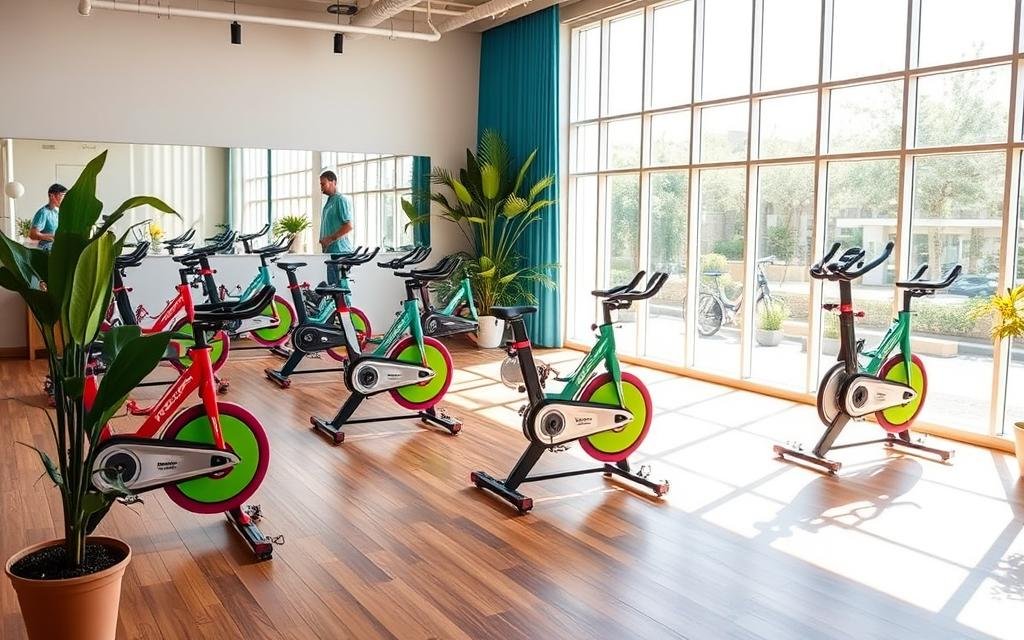
You can change up your workout by adjusting the resistance or trying interval training. This makes stationary cycling a powerful tool for improving your heart health. It helps you reach new heights in your fitness journey.
Walking and Power Walking Techniques
Walking and power walking are great for beginners. They’re easy on your joints and let you enjoy the outdoors. Here’s how to get the most out of your walking workouts.
Proper Walking Form
Good walking form is key to getting the most benefits and staying safe. Stand tall, keep your shoulders back, and your core tight. Take long, smooth strides, moving your foot from heel to toe.
Let your arms swing naturally, with elbows at a 90-degree angle. This helps you move faster. Keep your eyes forward, not down at your feet.
Speed and Intensity Guidelines
Adjust your walking speed based on your fitness level and goals. For a casual walk, aim for 3-4 miles per hour. For a more intense workout, try power walking at 4-5 miles per hour.
Add faster intervals or hills to make it harder and burn more calories.
Best Walking Environments
- Outdoor Trails: Parks, greenways, or forest paths offer a peaceful, low-impact cardio experience.
- Neighborhood Streets: Walking around your neighborhood is convenient and can include hills for extra challenge.
- Indoor Tracks: Use an indoor track or treadmill when the weather is bad to keep up your walking routine.
Choose safe, well-lit areas for walking. This ensures a safe and enjoyable experience.
Rowing Machine Workouts for Full-Body Conditioning
Looking for a low-impact cardio workout? The rowing machine is perfect. It’s a great indoor exercise that burns calories and strengthens your whole body.
Rowing is easy on your joints. It’s better than high-impact activities like running. Your knees, hips, and ankles won’t take a beating. This makes rowing ideal for those who want low-impact exercises.
Rowing works your legs, core, and upper body at the same time. It boosts your heart health and tones your muscles. To get the most out of rowing, keep your back straight and engage your core. Try different resistance levels and interval training to keep things interesting. Regular rowing will improve your indoor cardio and strength.
“Rowing is the perfect blend of low-impact exercise and high-intensity calorie burning. It’s a game-changer for your fitness journey.”
Rowing is great for both beginners and experienced users. Adding it to your routine can boost your low-impact exercises and help you burn more calories. So, get ready to row your way to a stronger, more resilient body.
Yoga-Inspired Cardio Flows
Getting your heart rate up doesn’t have to hurt your joints. Yoga-inspired cardio flows offer a low-impact way to exercise. They mix gentle movements with deep breathing for a workout that changes you.
Combining Breathing with Movement
The key to yoga-inspired cardio is linking breath with movement. Synchronizing your breath with each pose boosts your heart health and connects your mind and body. This method reduces stress, sharpens your mind, and improves your overall health.
Best Yoga Sequences for Cardio
- Sun Salutations: This classic yoga flow, when done with energy, raises your heart rate and works your whole body gently.
- Vinyasa Flow: Connecting poses in a flowing sequence keeps your body active and your heart beating.
- Power Yoga: Fast-paced and dynamic, power yoga routines include poses that build strength and quick transitions for more cardio.
Adding yoga-inspired cardio flows to your routine can help you reach your heart health goals. It’s a way to exercise that’s easy on your joints. Start moving mindfully and discover a new way to stay fit.
Low-Impact HIIT Modifications
High-Intensity Interval Training (HIIT) might seem like a tough choice for low-impact workouts. But, with some tweaks, you can enjoy HIIT’s calorie-burning benefits without harming your joints. By choosing low-impact exercises and adjusting the intensity, you can make HIIT both tough and easy on your body.
To make low-impact HIIT work, swap high-impact moves for gentler ones. Instead of jumping jacks, try side steps or marching. Burpees? Go for mountain climbers with your feet on the ground. These changes keep the workout intense but easier on your joints.
- Replace high-impact exercises like jumping jacks with side steps or marching in place.
- Substitute burpees with low-impact mountain climbers.
- Focus on exercises that keep one foot on the ground at all times, such as squat taps or lateral lunges.
For low-impact HIIT, pay attention to interval length and intensity. Unlike traditional HIIT, low-impact versions might need longer intervals. Aim for 45-60 seconds of intense work followed by 45-60 seconds of rest.
By tweaking HIIT to be low-impact, you can get a great cardio workout without risking injury. With a bit of creativity and focus on proper form, you can craft a HIIT plan that meets your fitness goals and respects your body’s limits.
| Exercise | Traditional HIIT | Low-Impact HIIT Modification |
|---|---|---|
| Jumping Jacks | High-impact, jumping movement | Side steps or marching in place |
| Burpees | High-impact, full-body movement | Mountain climbers with feet on the ground |
| Squat Jumps | High-impact, explosive movement | Squat taps or lateral lunges |
Creating Your Weekly Low-Impact Workout Schedule
Making a good low-impact fitness plan is about finding the right mix and moving forward. It’s key to plan your workouts for the week to boost your heart health with gentle exercises. This helps your joints stay happy and healthy.
Balancing Different Activities
To make sure your low-impact cardio is balanced, mix up your routine. Include:
- Low-impact fitness routines such as swimming, elliptical training, or walking
- Strength training to build muscle and support your low-impact exercises
- Flexibility and mobility exercises like yoga or Pilates
- Active recovery days with light activities or rest
Progressive Intensity Planning
As you get better at your cardio workouts, make them harder. This keeps your body challenged and helps you grow. You can do this by:
- Increasing the duration or distance of your low-impact activities
- Incorporating higher resistance levels or incline on equipment like the elliptical or stationary bike
- Introducing brief high-intensity intervals within your low-impact sessions
Success in low-impact fitness comes from finding the right balance. And then, slowly but safely, push yourself to new heights.
Common Mistakes to Avoid in Low-Impact Training
Low-impact exercises are great for boosting your fitness without risking injury. Yet, there are some common errors to watch out for. Knowing these mistakes helps keep your workouts safe and effective, fitting your personal needs.
Overlooking Proper Technique
It’s vital to keep the right form, even with low-impact exercises. Wrong technique can harm your joints and muscles, reducing the workout’s benefits. Make sure to learn the correct way to do each exercise and keep your posture right.
Neglecting Strength Training
While cardio is key, don’t forget about strength training. Adding resistance exercises strengthens muscles and supports your joints. Mix cardio and strength training in your weekly routine.
Overtraining or Pushing Too Hard
Low-impact exercises are gentle on your body. But, don’t exhaust yourself. Listen to your body and don’t overdo it. Slowly increase your workout intensity and duration to avoid injury.
Neglecting Proper Warm-Up and Cool-Down
Warming up and cooling down are crucial, no matter the workout intensity. A good warm-up gets your body ready, and a cool-down helps it recover. Don’t skip these important steps in your low-impact routines.
By avoiding these common mistakes, you can make your low-impact workouts safe and effective. Success comes from finding a balanced routine that suits your fitness level and goals.
Measuring Progress in Your Low-Impact Fitness Journey
Tracking your progress is key when starting a low-impact fitness routine. By watching key metrics, you can stay motivated and celebrate your wins. You can also tweak your cardio workouts as needed. There are many ways to see how your fitness is improving.
Heart Rate Monitoring
Monitoring your heart rate is a great way to check the intensity of your workouts. Try to keep your heart rate in your target zone. This helps you get the most out of your workouts and keeps your heart healthy.
Endurance Improvements
As you keep up with low-impact cardio, you’ll see your endurance grow. You can track this by seeing how long or far you can go in your workouts. Getting better at this means you’re making progress.
Overall Fitness Gains
Don’t just look at heart rate and endurance. Also, track your flexibility, balance, and strength. Low-impact cardio can improve these areas too. Seeing how you’ve grown in these areas gives you a full picture of your fitness journey.
| Metric | How to Measure | Significance |
|---|---|---|
| Heart Rate | Use a heart rate monitor or check your pulse manually | Indicates the intensity of your workout and helps you stay within your target heart rate zone |
| Endurance | Track the duration or distance of your cardio activities | Measures your ability to sustain physical activity for longer periods, a key indicator of cardiovascular fitness |
| Flexibility | Use a goniometer or perform specific flexibility tests | Improved flexibility can enhance your range of motion and reduce the risk of injury during low-impact workouts |
By regularly tracking these metrics, you can stay motivated and make smart changes to your workouts. You’ll also get to celebrate your achievements on your low-impact fitness journey.
Tips for Long-Term Success with Low-Impact Cardio
Adding low-impact exercises to your routine can boost your heart health and overall well-being. But, it’s key to stay motivated and set realistic goals for lasting success. We’ll look at ways to keep you motivated and set achievable targets for your low-impact cardio journey.
Staying Motivated
Starting a new fitness program can be tough. To make your low-impact cardio fun and engaging, try these tips:
- Vary your workouts: Try different low-impact exercises like swimming, elliptical training, or yoga-inspired flows. This keeps things interesting and challenges your body.
- Set achievable goals: Break down big fitness goals into smaller, measurable steps. Celebrate each success to stay motivated.
- Find a workout buddy: Having a friend or family member join you makes workouts more fun and keeps you accountable.
- Track your progress: Use a fitness tracker or app to monitor your heart rate, distance, and other metrics. Seeing your progress can be very rewarding.
Setting Realistic Goals
Setting realistic goals is vital for lasting success in low-impact cardio. Here are some tips to help you set achievable objectives:
- Start with small, incremental goals: Aim for gradual improvements in endurance, strength, or weight management. Don’t try to change too much at once.
- Tailor your goals to your fitness level: Make sure your goals match your current abilities. This allows for steady progress without feeling overwhelmed.
- Prioritize consistency over intensity: Focus on regular, sustainable workouts rather than pushing too hard. This prevents injury or burnout.
- Celebrate non-scale victories: Success isn’t just about the number on the scale. Pay attention to how your body feels, your energy levels, and other health improvements.
By using these strategies, you’ll be well on your way to lasting fitness and heart health success with low-impact cardio.
Conclusion
There are many low-impact cardio options to help you reach your fitness goals without harming your joints. You can choose from an elliptical, rowing, or walking. Each one offers a unique way to stay fit.
Regular low-impact workouts boost your heart and overall health. They also lower injury risks and support long-term fitness. Adding different exercises to your week can improve your heart health and help you meet your fitness routines with the best models for a low-impact cardio workout.
Success comes from enjoying the low-impact activities you choose. With persistence, commitment, and creativity, you can fully benefit from low-impact cardio. Start a journey that makes you stronger, healthier, and more resilient than ever.
FAQ
What are the best low-impact cardio exercises?
The top low-impact cardio exercises include swimming and elliptical training. Stationary cycling, walking, and power walking are also great. Rowing machine workouts and yoga-inspired cardio flows are excellent choices too.
What are the benefits of low-impact cardio workouts?
Low-impact cardio workouts are good for your joints. They improve heart health and burn calories. They also let you exercise regularly without worrying about injury.
Who should choose low-impact cardio exercises?
These workouts are perfect for beginners and seniors. They’re also great for people with joint issues or injuries. Anyone wanting to exercise gently can benefit from them.
How do I choose the right low-impact cardio model?
Think about your fitness level and what you like. Consider the equipment you have and your health goals. This will help you pick the best model for you.
What are the keys to proper form and technique for low-impact exercises?
Keeping the right form is key for low-impact exercises. Use the correct posture and movement for activities like elliptical training and cycling. Power walking also requires proper technique.
How can I create a balanced low-impact workout schedule?
Mix different activities in your week. Start with low intensity and gradually increase it. Make sure to rest and recover properly.
What are some common mistakes to avoid in low-impact training?
Avoid overtraining and not warming up or cooling down. Don’t skip strength training and listen to your body. These mistakes can hinder your progress.
How can I measure progress in my low-impact fitness journey?
Track your heart rate and endurance. See how your fitness improves over time. Set and reach realistic goals to measure your progress.

